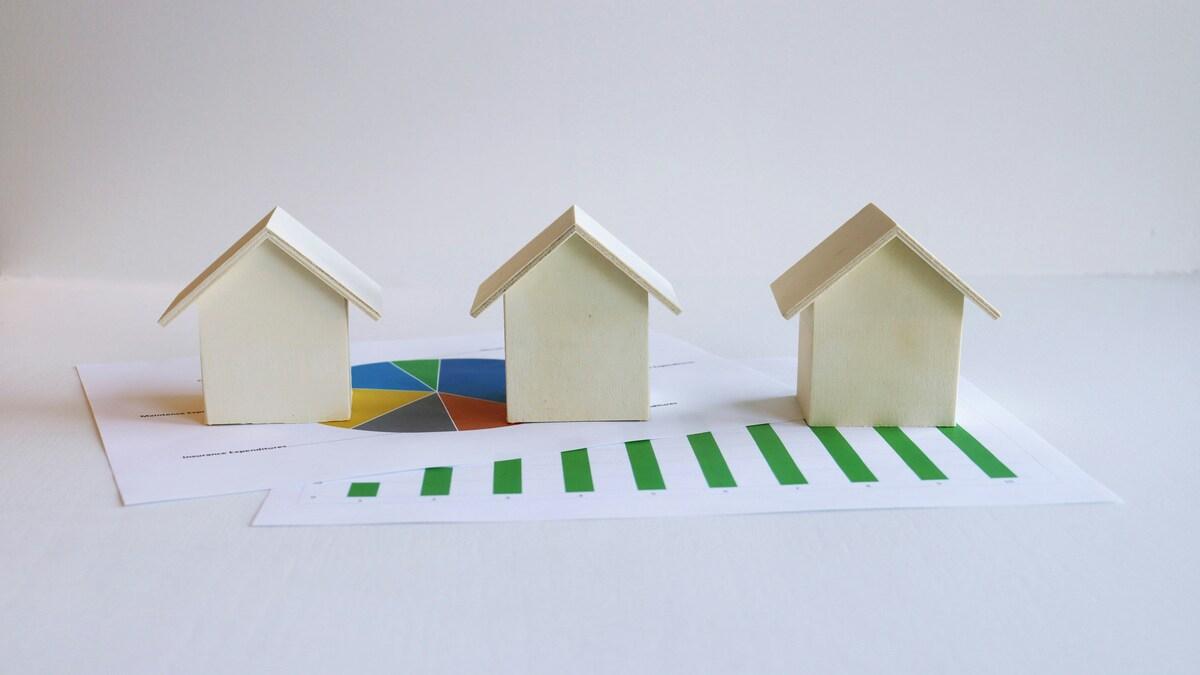When considering a $450,000 mortgage, understanding monthly payment structures is essential. Factors such as loan terms, interest rates, and additional expenses like insurance and taxes influence the final cost.
Current interest rates and Monthly payments
Mortgage interest rates play an important role in determining monthly payments.
Interest rates are influenced by Federal Reserve policies, inflation trends, and economic conditions. A slight reduction in rates can substantially lower monthly payments. These reductions can translate to savings of hundreds of dollars annually.
Here’s what the principal and interest payments would be on a $450,000 mortgage, assuming you used the traditional 20% down payment ($90,000):
- 15-year mortgage at 5.86%: $3,010.72 per month
- 30-year mortgage at 6.44%: $2,261.26 per month
And while mortgage interest rates won’t likely fall directly in tandem with the federal funds rate, here’s what borrowers could expect to pay with a 25 basis point reduction:
- 15-year mortgage at 5.61%: $2,962.56 per month
- 30-year mortgage at 6.19%: $2,202.55 per month
And here’s what they could pay if half a percentage point cuts today’s rates:
- 15-year mortgage at 5.36%: $2,914.82 per month
- 30-year mortgage at 5.94%: $2,144.51 per month
Loan term on payments
30-Year mortgage
This option offers lower monthly payments, making it more affordable in the short term. However, you’ll pay more in interest over the life of the loan. For a $450,000 mortgage at a 6.44% interest rate, you’d pay around $2,261.26 monthly.
15-Year mortgage
A shorter loan term results in higher monthly payments but saves on interest. For a $450,000 loan at 5.86%, the monthly payment is $3,010.72.
Other costs to consider
Beyond principal and interest, monthly payments often include:
- Property taxes: Rates vary by location, typically between 0.5% and 2% of the home’s value annually.
- Homeowners insurance: Costs range from $800 to $2,000 annually.
- Private mortgage insurance (PMI): If your down payment is less than 20%, PMI can add 0.5% to 1% of the loan amount annually.
These additional expenses can increase your total monthly payment by hundreds of dollars.
Down payments and closing costs
Traditionally, a 20% down payment ($90,000 for a $450,000 home) is recommended. However, some loan programs allow for lower down payments, starting at 3% ($13,500). Closing costs, which include fees for loan processing and title insurance, typically range from 3% to 6% of the home’s price ($13,500 to $27,000)
Why now could be a good time to buy
Despite high rates compared to pre-pandemic levels, a cooling housing market offers advantages. Many sellers are lowering prices, and there’s increased inventory in some regions. Additionally, the potential for declining rates in 2024 could benefit buyers locking in higher rates now who refinance later when rates drop.
Mortgage expert Jesse McKee explains, “A prospective rate cut next quarter could mean significant savings for borrowers, especially those refinancing or securing adjustable-rate mortgages”
